
The African American experience has been marked by a history of trauma, oppression, and displacement, resulting in a sense of rootlessness and disconnection from African myths and traditions. However, in the face of these challenges, African Americans have demonstrated remarkable resilience and creativity, finding innovative ways to express their identity, process trauma, and build community through various forms of artistic expression. This paper will explore how African Americans have combated generational trauma and reconnected with their cultural roots through the literary works of Zora Neale Hurston, the art of Thornton Dial, the jazz scene in Birmingham, and the poetry of Nikki Giovanni.
The Literary Works of Zora Neale Hurston:
Zora Neale Hurston, a prominent figure of the Harlem Renaissance, used her novels and short stories to address themes of identity, trauma, and resilience through the lens of African American culture and folklore. Her most famous work, “Their Eyes Were Watching God,” follows the journey of Janie Crawford, a young African American woman who navigates the complexities of love, self-discovery, and societal expectations in the early 20th century South. Throughout the novel, Hurston weaves elements of African American folklore, such as the trickster figure and the concept of “signifying,” to highlight the resilience and adaptability of African American culture in the face of oppression.
Hurston’s use of dialect and oral storytelling traditions in her writing serves as a means of preserving and celebrating African American language and culture, which had been suppressed and devalued by the dominant white society. By centering her stories around the experiences and perspectives of African American characters, Hurston provided a platform for voices that had been largely ignored in mainstream literature. Her works not only entertained but also educated readers about the richness and complexity of African American life, offering a counternarrative to the stereotypes and misconceptions perpetuated by white society.
Moreover, Hurston’s exploration of trauma and resilience in her writing provided a means of processing and healing for both herself and her readers. Drawing from her own experiences of racial discrimination and personal struggles, Hurston used her characters’ journeys to reflect on the collective trauma of African Americans and to celebrate their strength and perseverance in the face of adversity. Through her writing, Hurston demonstrated the power of storytelling as a tool for self-expression, community building, and cultural preservation, laying the groundwork for future generations of African American writers.
The Art of Thornton Dial:
Thornton Dial, a self-taught artist from Alabama, used his mixed-media art to address themes of struggle, oppression, and the African American experience. Born into poverty and with limited formal education, Dial drew from his life experiences and the materials available to him to create powerful, thought-provoking pieces that challenged traditional notions of art and representation.
Dial’s work often incorporated found objects, such as scrap metal, wood, and fabric, which he transformed into complex, layered compositions that spoke to the resilience and resourcefulness of African American communities. By repurposing discarded materials, Dial not only commented on the wastefulness and inequalities of consumer culture but also demonstrated how beauty and meaning could be found in the most unlikely places.
Many of Dial’s pieces directly addressed the trauma and oppression faced by African Americans throughout history, from slavery and segregation to police brutality and economic inequality. His art served as a means of bearing witness to these injustices and preserving the memories and stories of those who had been silenced or forgotten. At the same time, Dial’s work celebrated the strength, creativity, and spirituality of African American culture, often incorporating symbols and motifs from African art and folklore.
Through his art, Dial not only processed his own experiences of trauma and marginalization but also provided a platform for collective healing and empowerment. His work challenged viewers to confront the uncomfortable realities of racism and inequality while also inspiring them to find hope and beauty in the face of adversity. By creating art that was deeply rooted in African American culture and experience, Dial helped to bridge the gap between past and present, reconnecting contemporary audiences with the traditions and stories of their ancestors.
The Jazz Scene in Birmingham:
The jazz scene in Birmingham, Alabama, played a crucial role in providing an outlet for creativity, self-expression, and community building, particularly during times of racial tension and inequality. As an African American musical genre that emerged in the early 20th century, jazz was deeply rooted in the experiences and traditions of African American culture, drawing from spirituals, blues, and ragtime to create a new, improvisational style that reflected the dynamism and resilience of African American life.
In Birmingham, jazz clubs and venues served as important social and cultural hubs for African American communities, providing a space for musicians and audiences to come together, share their stories, and celebrate their heritage. Despite the segregation and discrimination that pervaded Southern society, the jazz scene in Birmingham fostered a sense of pride, unity, and resistance among African Americans, who used music as a means of asserting their identity and humanity in the face of oppression.
Jazz also played a significant role in the Civil Rights Movement, with many musicians using their platform to speak out against racism and injustice. In Birmingham, jazz artists such as Sun Ra and John Coltrane performed at rallies and benefits for civil rights organizations, using their music to inspire and mobilize activists in the fight for racial equality. The improvisational nature of jazz, with its emphasis on individual expression and collective collaboration, became a metaphor for the struggle for freedom and self-determination, demonstrating the power of creativity and unity in the face of adversity.
Moreover, the jazz scene in Birmingham provided a means of economic empowerment for African American musicians and entrepreneurs, who were often excluded from mainstream opportunities due to racial discrimination. By creating their own venues, labels, and networks, African American jazz artists were able to build successful careers and support their communities, challenging the systemic barriers that limited their access to resources and recognition.
Today, the legacy of the jazz scene in Birmingham continues to inspire and influence new generations of musicians and activists, who draw from the rich history and traditions of African American culture to create art that speaks to the ongoing struggle for justice and equality. By preserving and celebrating this musical heritage, African Americans in Birmingham and beyond are able to reconnect with their roots, process the trauma of the past, and imagine new possibilities for the future.
The Poetry of Nikki Giovanni:
Nikki Giovanni, a Birmingham-born poet, activist, and educator, has used her poetry to address themes of race, gender, and social justice, providing a powerful means of processing and healing from trauma. As a prominent figure of the Black Arts Movement of the 1960s and 1970s, Giovanni’s work is deeply rooted in the experiences and struggles of African Americans, particularly women, and has played a significant role in shaping the cultural and political landscape of the United States.
Giovanni’s poetry is known for its directness, passion, and wit, often using humor and irony to confront the harsh realities of racism, sexism, and oppression. In poems such as “Knoxville, Tennessee” and “Ego Tripping,” Giovanni celebrates the beauty, strength, and resilience of African American culture, highlighting the ways in which art, music, and language have served as tools of resistance and self-expression in the face of adversity.
At the same time, Giovanni’s poetry does not shy away from the pain and trauma of the African American experience, addressing topics such as police brutality, economic inequality, and the legacy of slavery. In her poem “The Great Pax Whitie,” for example, Giovanni critiques the ways in which white supremacy has shaped American society, calling for a radical transformation of power structures and a recognition of African American humanity and dignity.
Through her poetry, Giovanni provides a means of processing and healing from the generational trauma of racism and oppression, offering a space for African Americans to name their pain, assert their identity, and imagine new possibilities for the future. Her work also serves as a call to action, urging readers to engage in the ongoing struggle for social justice and to use their own voices and experiences to create change.
Moreover, Giovanni’s poetry demonstrates the power of language and storytelling as tools of empowerment and resistance, challenging dominant narratives and creating new forms of representation that center the experiences and perspectives of African Americans. By drawing from African American vernacular, folklore, and oral traditions, Giovanni reconnects contemporary audiences with the rich cultural heritage of their ancestors, fostering a sense of pride, belonging, and continuity in the face of displacement and erasure.
Today, Giovanni’s poetry continues to inspire and influence new generations of writers, activists, and scholars, who recognize the enduring relevance and urgency of her message. Through her work, Giovanni demonstrates the vital role that poetry can play in combating generational trauma, preserving cultural memory, and imagining a more just and equitable future for all.
Lessons for the Future
The literary works of Zora Neale Hurston, the art of Thornton Dial, the jazz scene in Birmingham, and the poetry of Nikki Giovanni represent just a few examples of the many ways in which African Americans have used creative expression to combat generational trauma, reconnect with their cultural roots, and assert their identity and humanity in the face of oppression. Through their art, music, and writing, these figures have not only processed their own experiences of pain and struggle but also provided a means of collective healing, empowerment, and resistance for African American communities.
By drawing from the rich traditions and histories of African American culture, these artists have challenged dominant narratives, created new forms of representation, and imagined alternative possibilities for the future. Their work demonstrates the resilience, creativity, and vitality of African American culture, as well as the ongoing relevance and urgency of the struggle for racial justice and equality.
As we continue to grapple with the legacies of slavery, segregation, and systemic racism, the examples of Hurston, Dial, the Birmingham jazz scene, and Giovanni remind us of the transformative power of art and storytelling in the face of adversity. By preserving and celebrating these cultural traditions, we not only honor the struggles and sacrifices of our ancestors but also lay the groundwork for a more just and equitable future, in which all individuals can freely express their identities, tell their stories, and imagine new possibilities for themselves and their communities.
Ideas for Therapists:
- Narrative therapy: Therapists can draw from the storytelling techniques and themes found in African American literature, such as Hurston’s novels, to help clients process trauma and construct empowering personal narratives. By encouraging clients to explore their own stories and cultural roots, therapists can foster a sense of identity, resilience, and connection.
- Art therapy: Inspired by the works of artists like Thornton Dial, therapists can use art-making as a means of helping clients express their emotions, process traumatic experiences, and tap into their creativity and resilience. By incorporating found objects and culturally significant symbols, therapists can help clients reconnect with their heritage and find meaning in their struggles.
- Music therapy: Drawing from the traditions of African American music, particularly the jazz scene in Birmingham, therapists can use improvisation, call-and-response, and other musical techniques to help clients express themselves, build community, and process trauma. By creating a safe space for musical exploration and collaboration, therapists can foster a sense of empowerment and connection among clients.
- Bibliotherapy: Therapists can recommend and discuss works of African American literature, such as the poetry of Nikki Giovanni, to help clients gain insight into their experiences, find validation and support, and explore new perspectives on trauma, resilience, and social justice. By engaging with these powerful texts, clients can develop a deeper understanding of their own struggles and find inspiration for healing and growth.
- Community-based interventions: Inspired by the collective healing and resistance found in African American cultural traditions, therapists can work to create community-based interventions that bring people together to share their stories, celebrate their heritage, and support one another in the face of trauma and oppression. By fostering a sense of pride, unity, and empowerment, these interventions can help to combat the effects of generational trauma and promote lasting social change.
Bibliography:
- Boyd, Valerie. Wrapped in Rainbows: The Life of Zora Neale Hurston. Scribner, 2003.
- Fowler, Carolyn. “Art for Life’s Sake: The Works of Thornton Dial.” International Review of African American Art, vol. 23, no. 3, 2009, pp. 14-21.
- Giovanni, Nikki. The Collected Poetry of Nikki Giovanni: 1968-1998. William Morrow, 2003.
- Hemenway, Robert E. Zora Neale Hurston: A Literary Biography. University of Illinois Press, 1977.
- Herzog, Melanie A. “Thornton Dial’s ‘Creation Story’: Facing the Dragon in the Belly of the Beast.” American Art, vol. 25, no. 1, 2011, pp. 50-65.
- Hurston, Zora Neale. Their Eyes Were Watching God. J. B. Lippincott, 1937.
- Kelley, Robin D. G. Race Rebels: Culture, Politics, and the Black Working Class. Free Press, 1996.
- Levine, Lawrence W. Black Culture and Black Consciousness: Afro-American Folk Thought from Slavery to Freedom. Oxford University Press, 1977.
- Porter, Eric. What Is This Thing Called Jazz? African American Musicians as Artists, Critics, and Activists. University of California Press, 2002.
- Wall, Cheryl A. Worrying the Line: Black Women Writers, Lineage, and Literary Tradition. University of North Carolina Press, 2005.
Birmingham Arts and Culture
African American Writing and Music



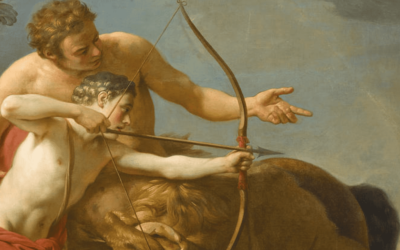

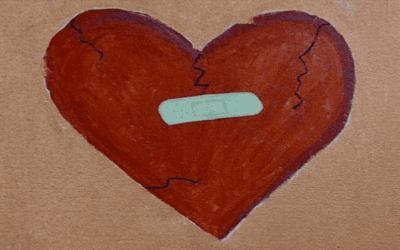

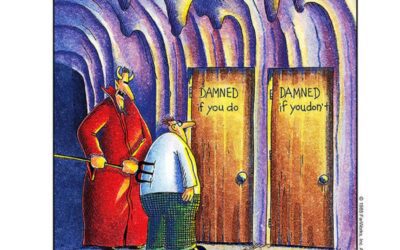
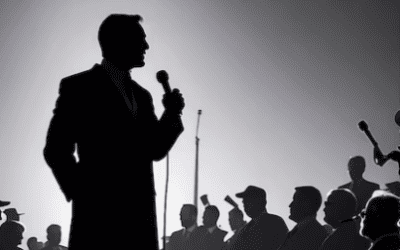
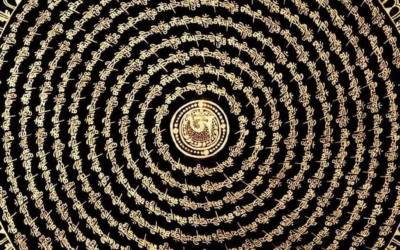
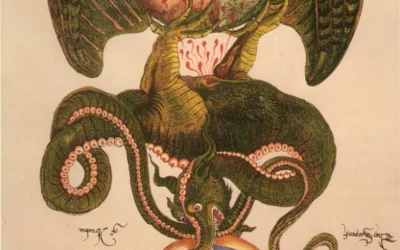
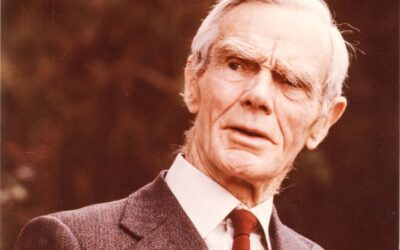
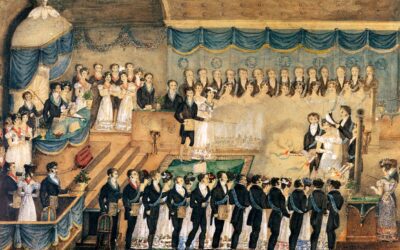


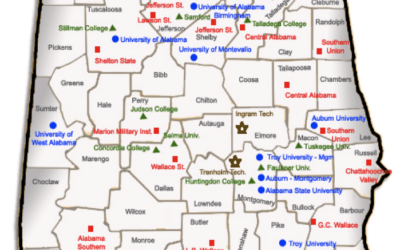
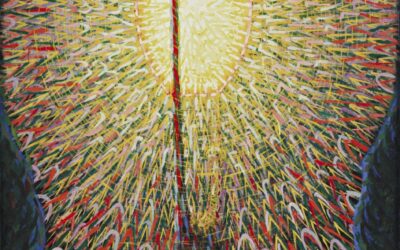
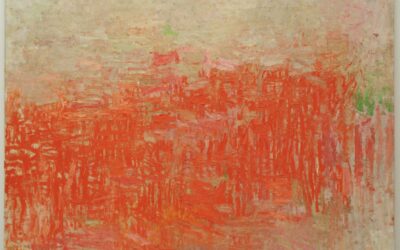
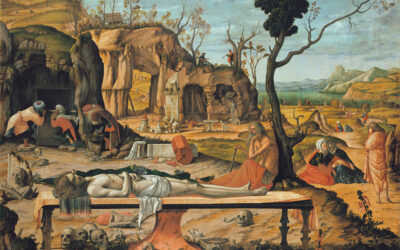

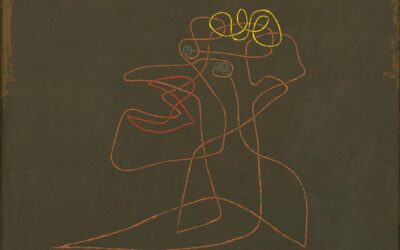
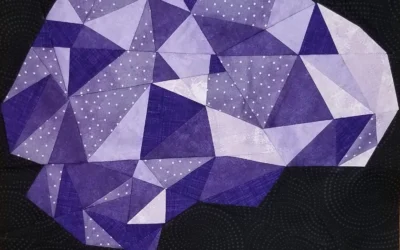

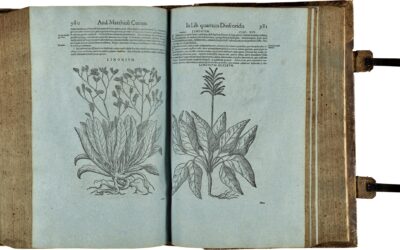
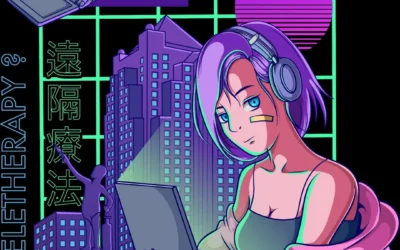
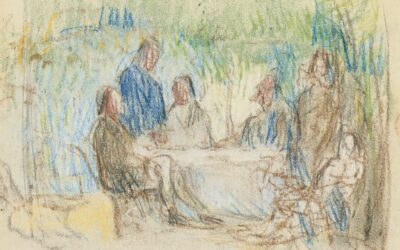
0 Comments